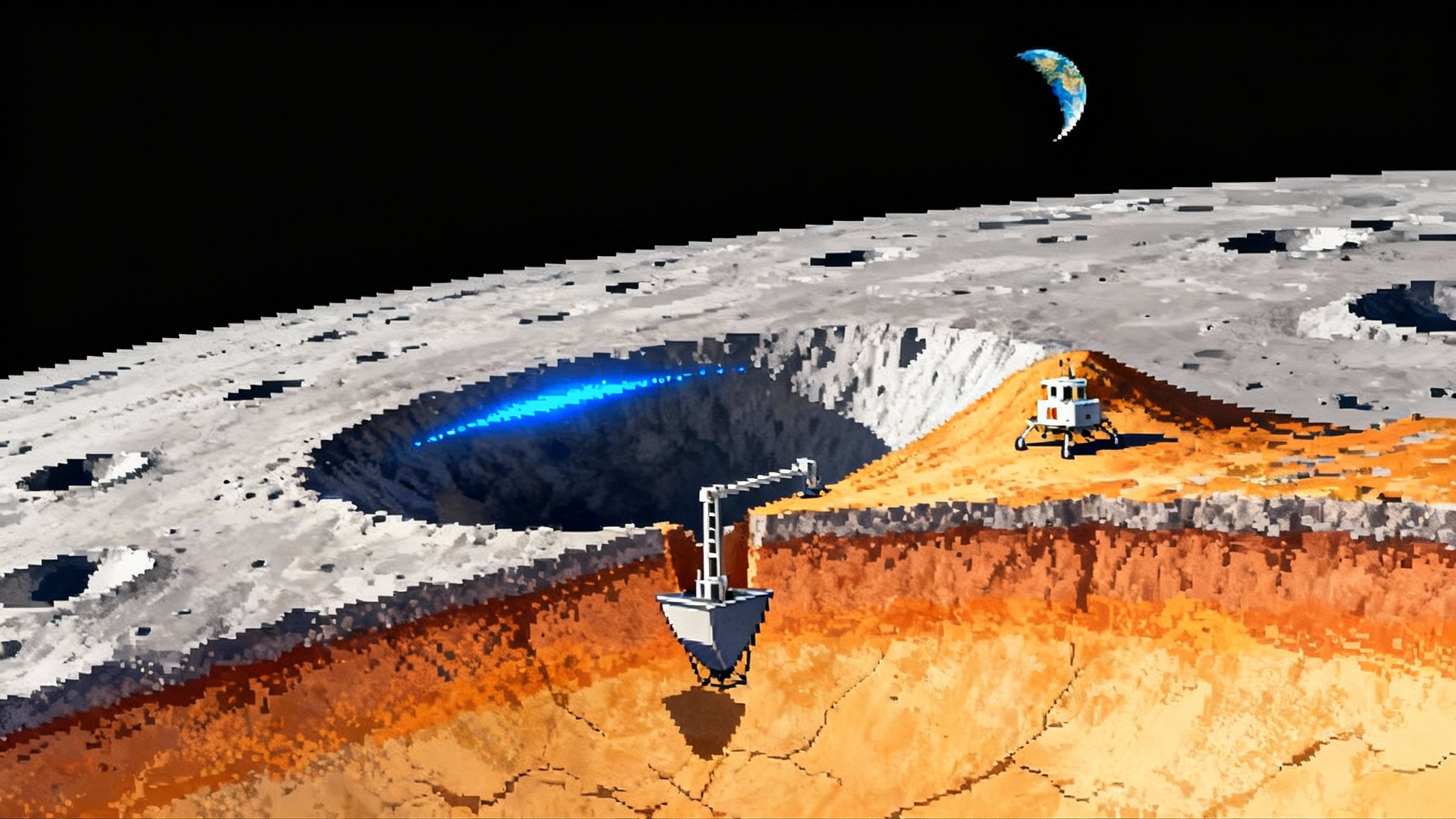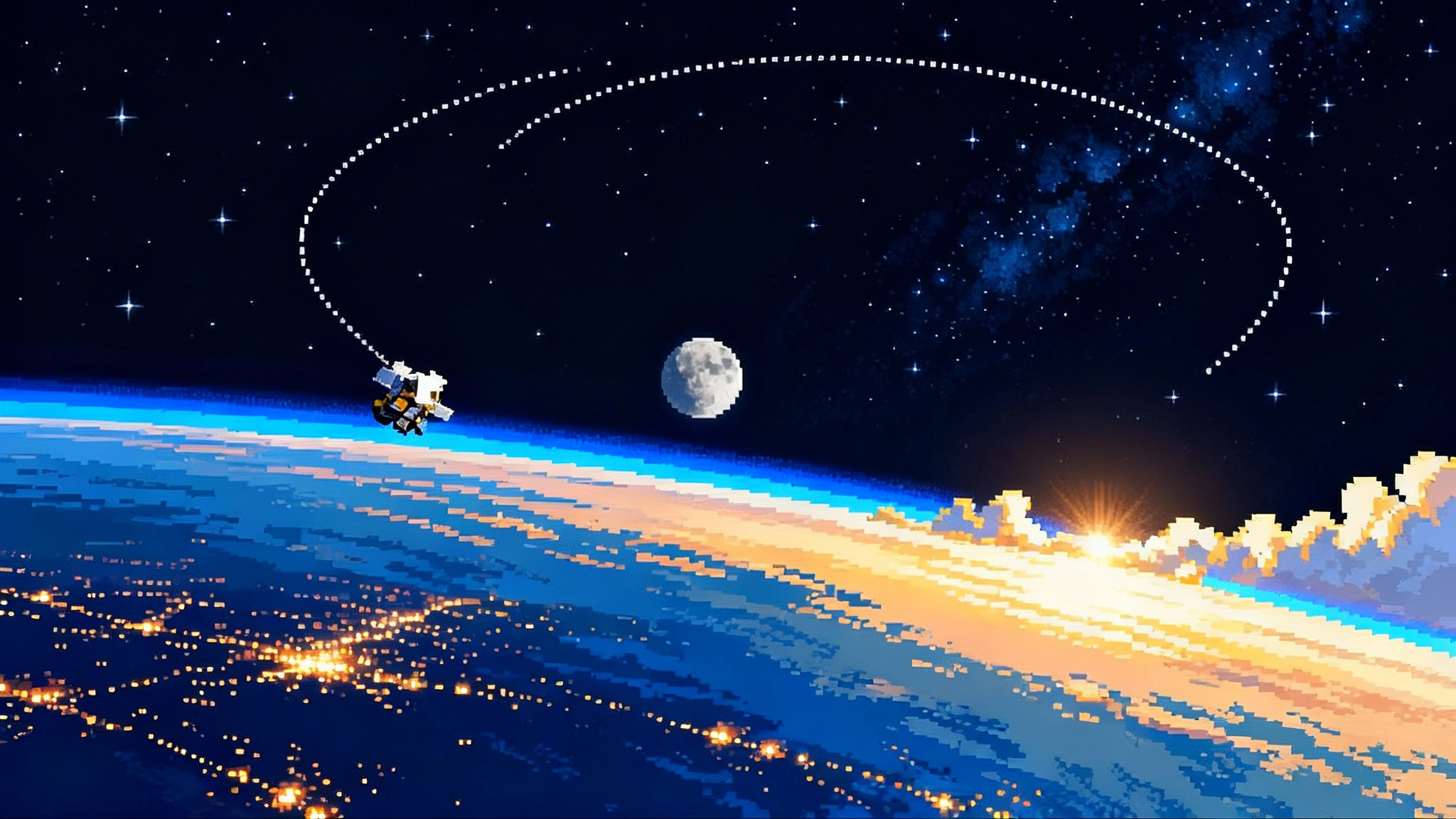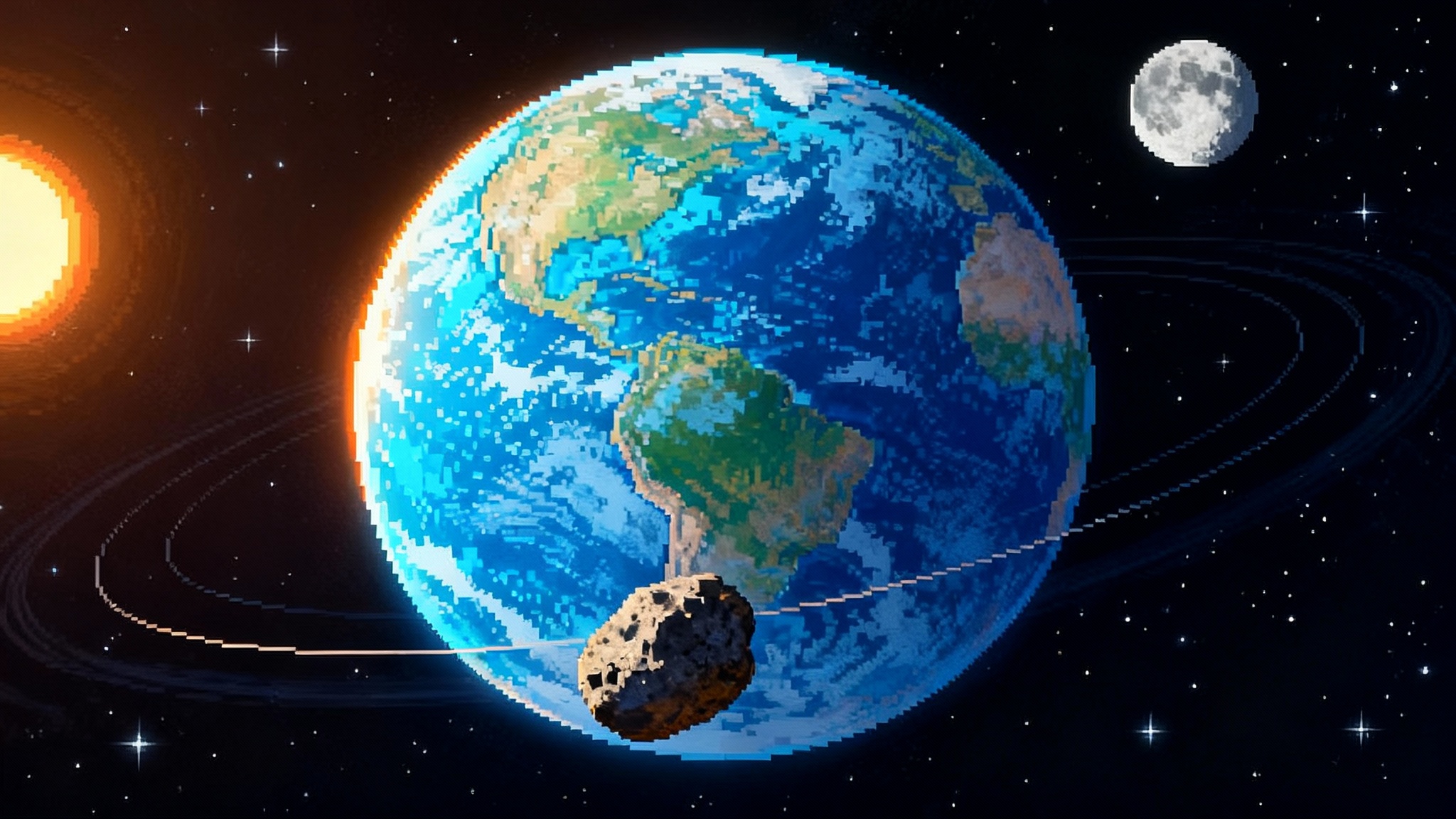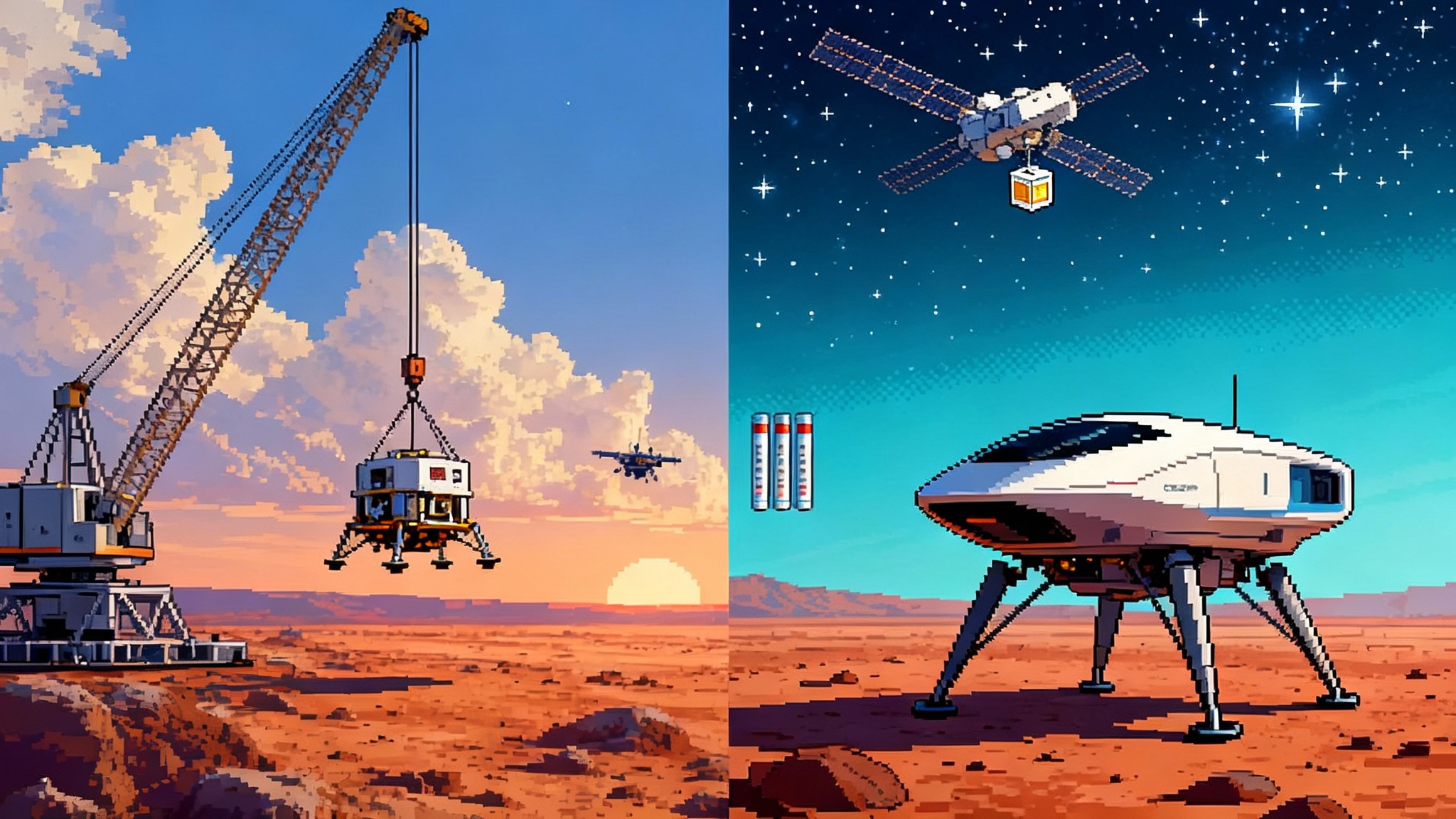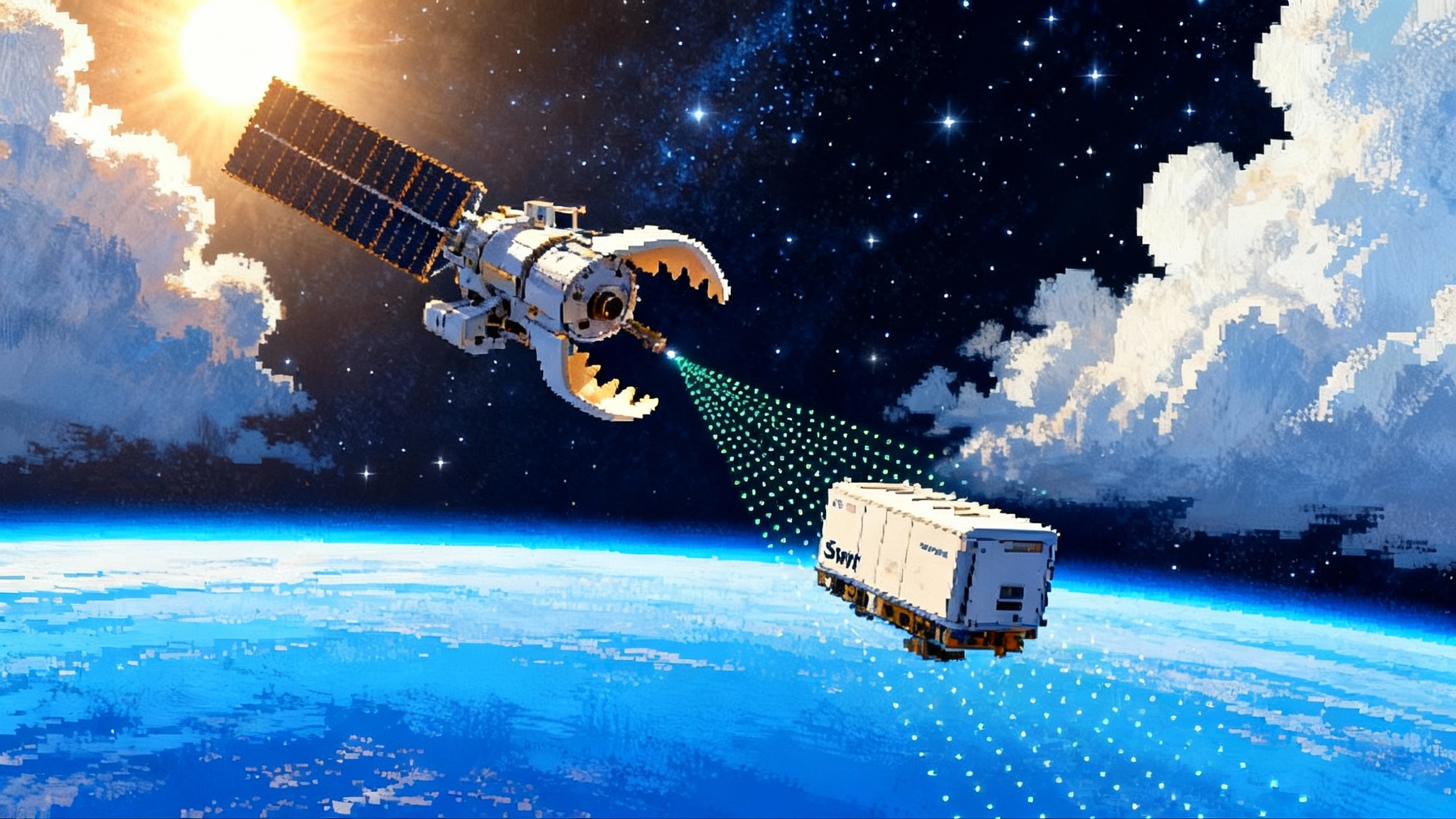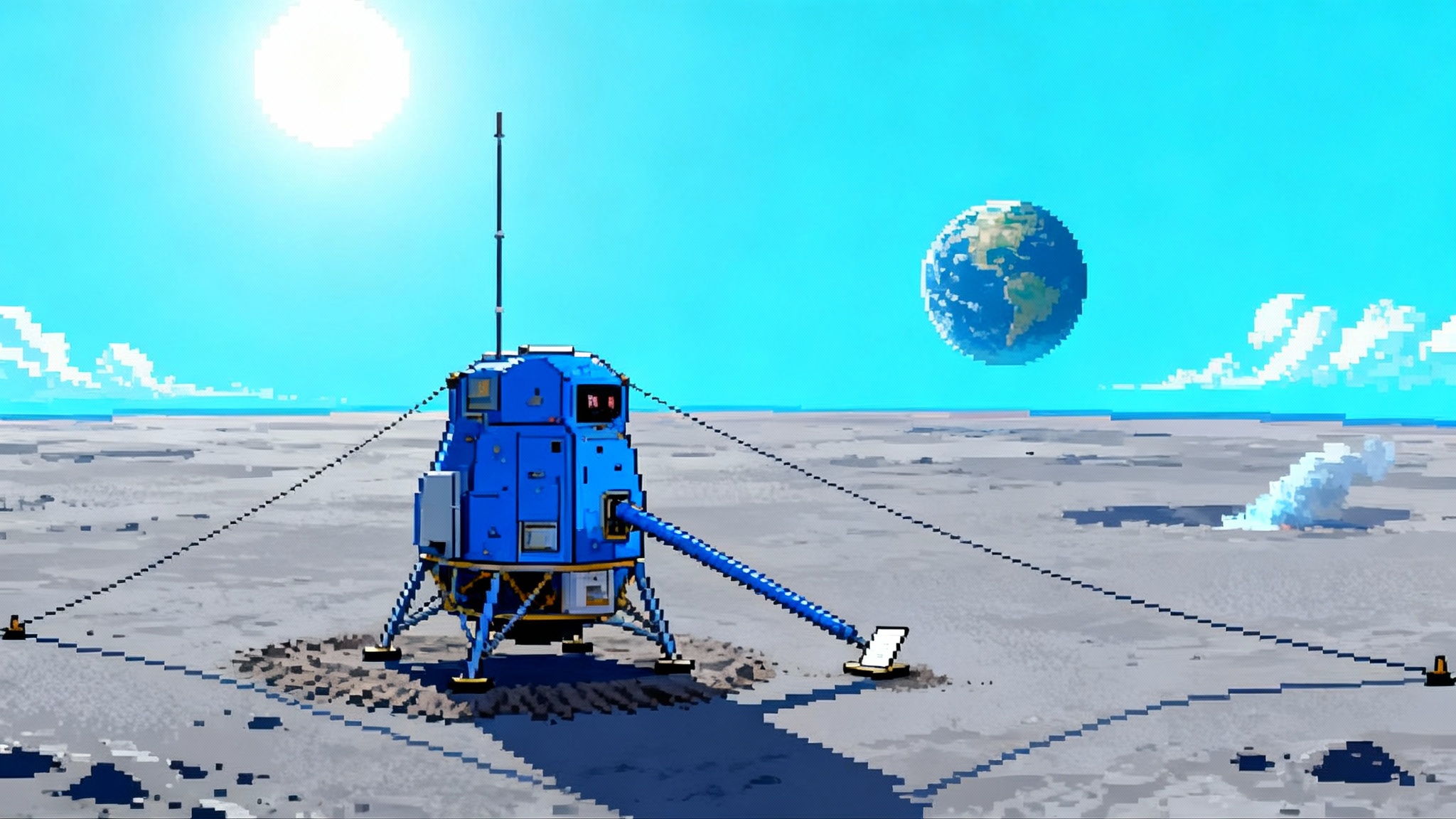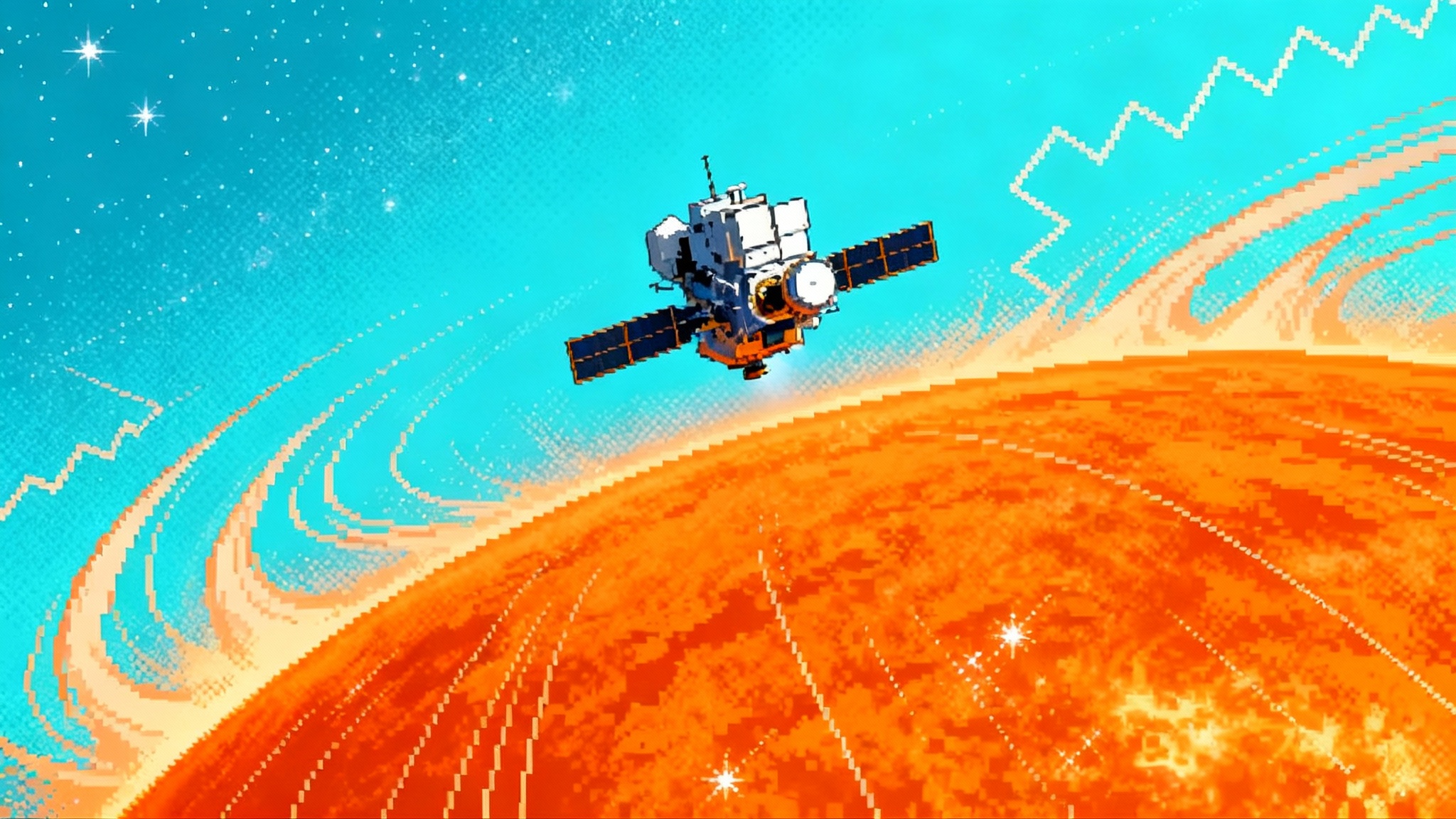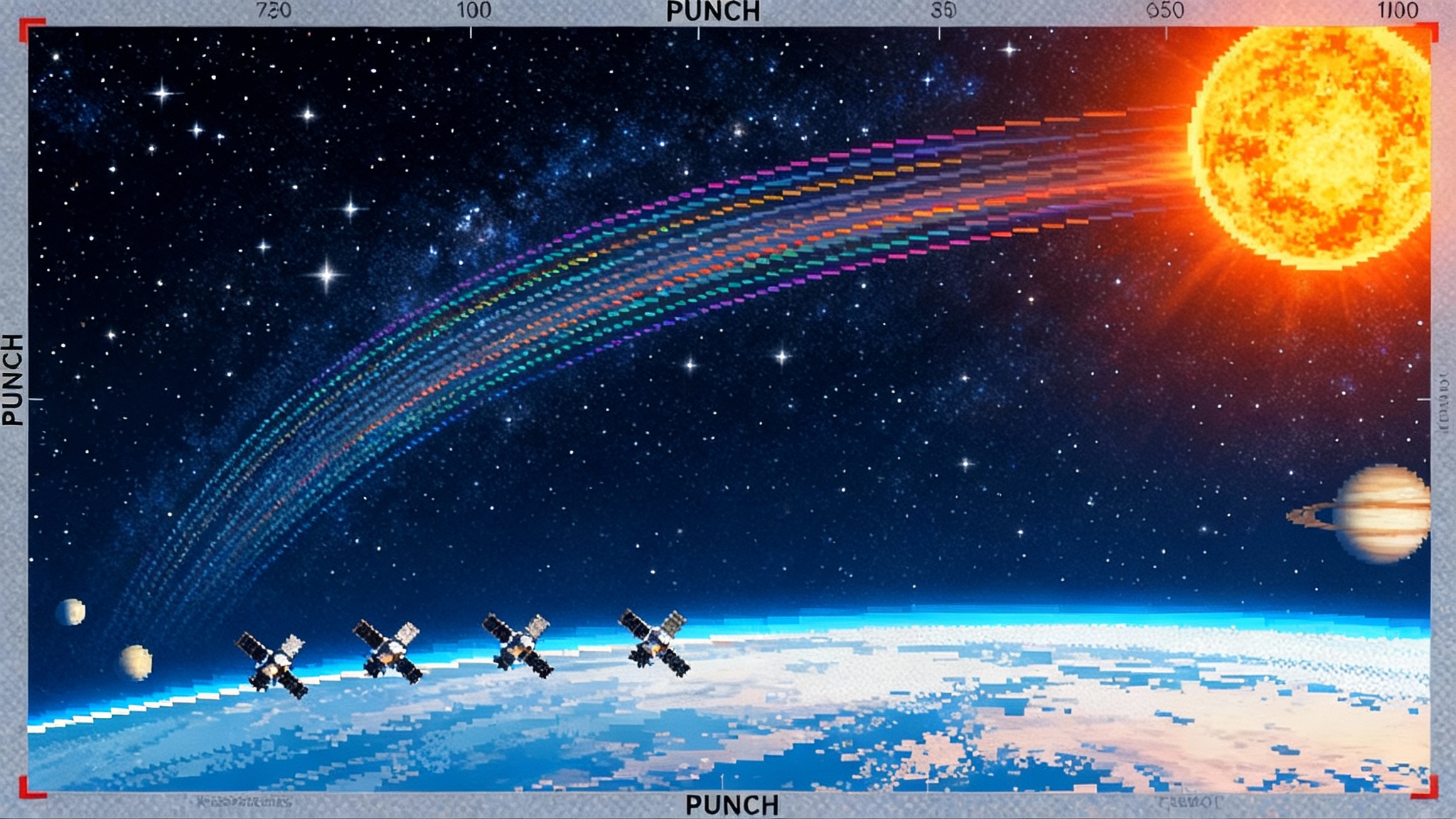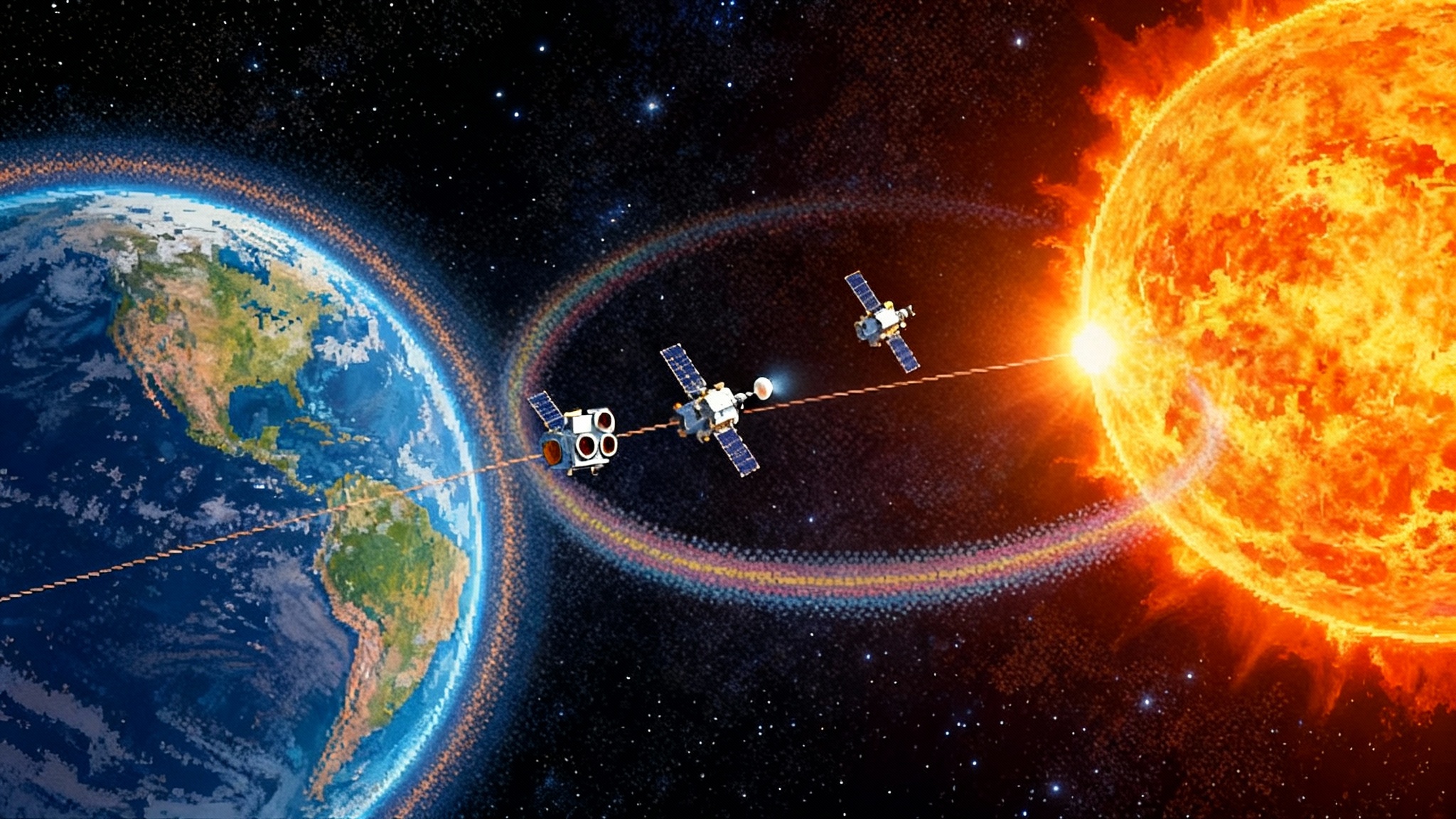Tianwen-2’s two-stop quest: Kamoʻoalewa samples, 311P next
China’s Tianwen-2 is attempting a first-of-its-kind two-stop campaign: return samples from Earth’s quasi-moon Kamoʻoalewa by 2027, then pursue active asteroid 311P. Here is how its dual sampling methods, fast-rotator target, and decade-long plan could reset small-body exploration.
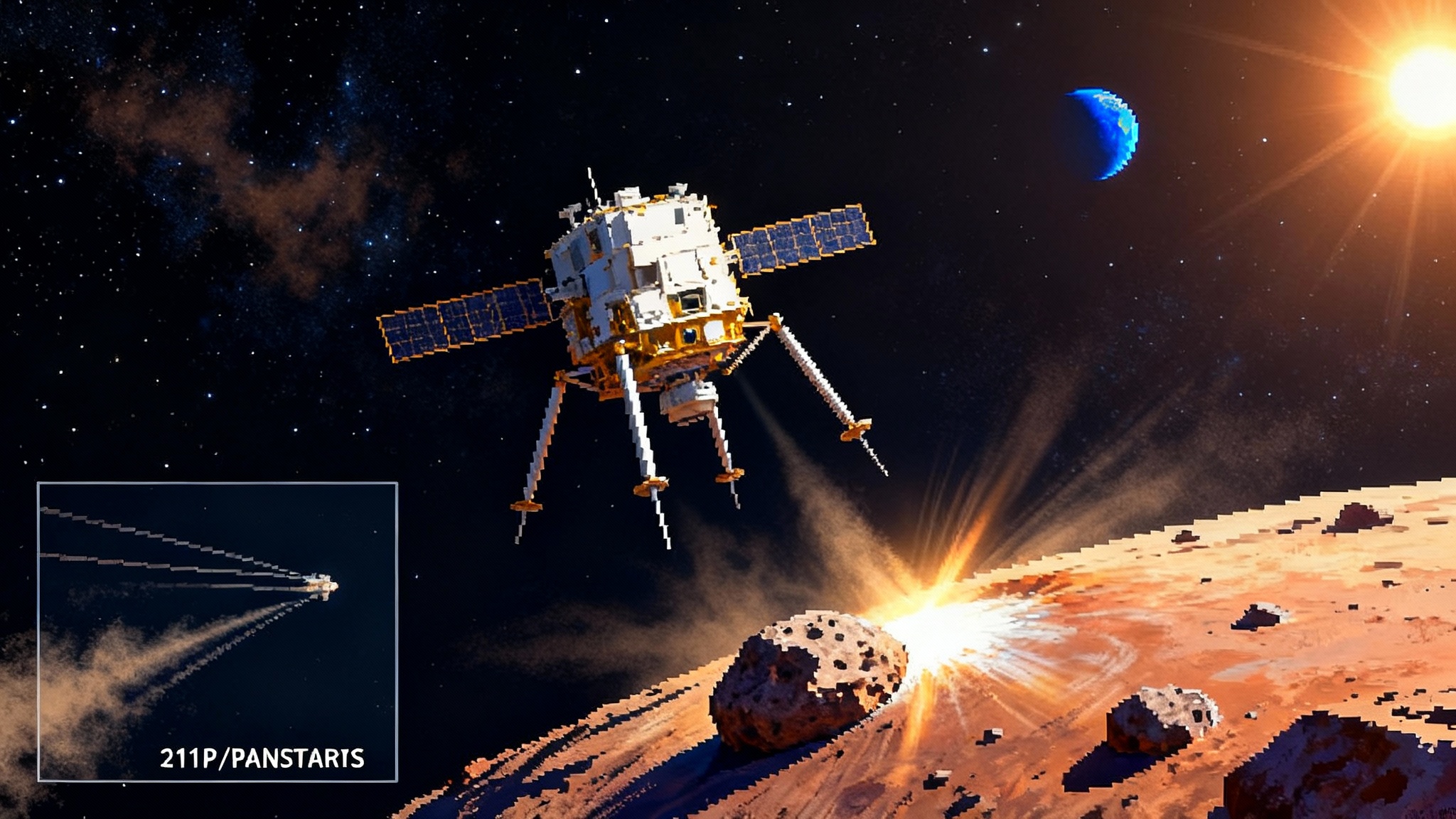
A new kind of small-body mission begins
On May 29, 2025, China lit the fuse on an ambitious decade of small-body science with the launch of Tianwen-2 from Xichang on a Long March 3B, bound first for the near-Earth asteroid 469219 Kamoʻoalewa and later for the active asteroid 311P/PANSTARRS. The China National Space Administration confirmed liftoff, trajectory insertion, and early spacecraft health checks, as noted in the CNSA launch confirmation. The opening act aims to collect material from one of Earth’s tiniest companions and return it to laboratories by late 2027, before the spacecraft uses Earth for a gravity assist and heads deeper into the solar system.
This is not just another sample return. Tianwen-2 is engineered to try two very different ways of getting a bite of an ultra-small, fast-spinning world. It fuses science, technology demonstration, and operational experimentation in the same flight, with direct consequences for planetary defense and resource prospecting.
Why Kamoʻoalewa is a big little world
Kamoʻoalewa, discovered in 2016, is a co-orbital neighbor that traces the Sun in an Earthlike path, occasionally looping around our planet in a quasi-satellite dance. It is small, roughly 40 to 100 meters across, and it spins fast. Ground-based observations indicate a rotation period of about 28 minutes and a reflectance spectrum suggestive of lunar-like silicates, which has fueled the hypothesis that Kamoʻoalewa could be a fragment blasted off the Moon long ago. A 2021 study provides the strongest case so far in a Nature 2021 Kamoʻoalewa analysis. For a broader look at why quasi-moons matter, see our Earth's new quasi-moon story.
Kamoʻoalewa’s dynamics raise the stakes. Sampling a body that completes a spin in tens of minutes is an entirely different challenge than sampling a kilometer-class rubble pile with a much slower day. Centrifugal forces reshape where loose material can persist. Models suggest regolith may be favored at the poles and on certain crater walls where topography and rotation keep grains put. The upshot is that Tianwen-2 must first characterize the surface at high resolution, then time and place its sampling attempts with surgical precision.
Anchored plus touch-and-go: two ways to grab history
Tianwen-2 will attempt something no asteroid mission has yet pulled off at a fast-rotating target. The spacecraft carries mechanisms for both touch-and-go and anchor-and-attach sampling, plus a hovering mode that extends a collection arm while maintaining altitude without a full landing. The dual approach is more than engineering bravado. It is a risk-diversification strategy tuned to an object that may present a mix of loose grains, peppered boulders, cemented crust, and space-weathered rind.
- Touch-and-go is the proven quick dip. The spacecraft descends, makes brief contact, and suctions or brushes material into a collector, then backs away. It shines when there is loose, fine regolith.
- Anchor-and-attach aims for depth and context. Tianwen-2 uses a landing stance to pin itself to the surface with drilled anchoring points, then extracts subsurface material that has seen less space weathering. It is the option most likely to reach compacted layers or grains that have not been lofted and reworked countless times.
- Hover-sampling fills the niche between, allowing a sweep of a sampling head from a controlled height. It can collect without fully committing to a landing if terrain is dangerous.
On an ultra-small body, this toolkit is game-changing. The anchored method is the boldest move, since anchoring on a rock that is barely holding itself together demands precise force control, real-time autonomy, and robust fault protection. Even if terrain forces a conservative plan that relies more on touch-and-go and hovering, the attempt will produce a trove of lessons on guidance, navigation, and control near a fast rotator.
A clear timeline, from launch to sample return and beyond
The mission plan is explicit and, for a deep-space campaign, remarkably brisk.
- Launch: May 29, 2025. Cruise with solar electric propulsion while commissioning and calibrating instruments.
- Rendezvous and close operations: mid 2026. Reconnaissance orbits, global mapping, and site selection phases.
- Sampling campaign: late 2026 into early 2027. Multiple attempts using touch-and-go, hover, and anchor-and-attach depending on conditions.
- Departure from Kamoʻoalewa: spring 2027. Set up return geometry for Earth.
- Sample return to Earth: late 2027. A high-speed reentry capsule delivers at least tens of grams of material to curated labs, while the spacecraft swings by Earth to change lanes.
- Extended mission: the mothercraft heads for 311P/PANSTARRS. Arrival is planned for the mid 2030s, around 2035, for a dedicated remote-sensing campaign of an active asteroid.
This tempo matters. It puts new samples in scientists’ hands within roughly two and a half years of rendezvous, then keeps the spacecraft busy on a second target without missing a beat.
Science returns that matter right away
If Kamoʻoalewa is lunar ejecta, even a modest cache of grains will open a window on the Moon’s impact history from a unique vantage point. Lunar fragments that migrated into a quasi-satellite state could preserve a timeline of cratering and space weathering that is biased differently than Apollo and Chang’e sample sites. For more context on China’s recent lunar sampling advances, see Chang'e 6 reshapes lunar strategy. Isotopic signatures can confirm provenance, while microtextures record regolith gardening and thermal fatigue on a centimeter-scale world that spins in minutes. If the grains are not lunar, that is just as interesting, sharpening models of how the quasi-satellite state captures or retains material and how often Earth shares its neighborhood with fragments from elsewhere.
Tianwen-2’s measurements before, during, and after sampling will also deliver independent wins. Global imaging and spectroscopy will constrain shape, spin axis, and mineralogy. Thermal data will reveal how rapidly the surface heats and cools, a clue to grain size and cohesion. Dust and plasma instruments will watch for electrostatic lofting or impact ejecta, processes that sculpt the smallest bodies on timescales we can observe over a single mission.
Planetary defense, tested on the hardest mode
Planetary defense is not only about finding hazardous objects. It is also about learning to work around them. Kamoʻoalewa’s small size and rapid spin mimic the worst case for any future contact mission, whether for reconnaissance, kinetic impactor targeting, or last-resort towing. Tianwen-2 will trial the autonomy, anchoring dynamics, and close-proximity navigation that a deflection test on a small, fast target would require.
Surface mechanics matter too. The ease or difficulty of drilling, the way regolith flows or clumps under tool pressure, and the subsurface cohesion that a sampler experiences all build a much-needed library of ground truth. Those data flow into models used to predict how momentum transfers during a kinetic impact or how drilling disturbs a rubble pile. Even the mission’s high-speed sample return is relevant. Surviving entry at second-cosmic-velocity while preserving delicate grains and volatiles is a technological steepening that future planetary defense sample campaigns could need.
Resource prospecting gets a reality check
Talk of asteroid resources often leaps to grand visions, yet the missing ingredient has always been reliable, ground-truth data on what is actually retrievable and how much work it takes to pry it loose. Tianwen-2’s dual sampling architecture is a realism test. If touch-and-go yields plenty of fine material, that hints at surfaces where fluidized collection methods could work at scale. If anchor-and-attach is required to get decent samples, it suggests a larger fraction of near-Earth small bodies are cemented or crusted in ways that make extraction slower, with higher tool wear and power draw. Either way, the mission will calibrate expectations on the energy and autonomy budgets that future prospectors must plan for.
How it stacks up against OSIRIS-REx and Hayabusa2
Two modern classics set the baseline for asteroid sampling. JAXA’s Hayabusa2 reached the C-type asteroid Ryugu in 2018, executed two touch-and-go collections including a daring subsurface attempt using a small impactor, and delivered about 5 grams of material to Earth in 2020. NASA’s OSIRIS-REx arrived at Bennu in 2018, performed a nitrogen-gas assisted touch-and-go in 2020 that stirred a surprising quicksand-like surface, and returned more than 120 grams in 2023. For the follow-on to OSIRIS-REx, see our OSIRIS-APEX Earth flyby update. Both missions targeted rubble-pile asteroids hundreds of meters across with slow rotations, and both built a sophisticated playbook for approach trajectories, sample-site certification, and contamination control.
Tianwen-2 enters with a different kind of target and a different choice of tools. Kamoʻoalewa is an order of magnitude smaller and spins two orders of magnitude faster than Ryugu or Bennu. Anchoring drills and a hovering sampler expand the menu of techniques and confront the specific problems of hard crusts, cohesive regolith, and rapidly changing local gravity vectors. If the anchored approach succeeds, it will set a precedent for future missions that need to stay put on a small world, whether to deploy an experiment, emplace a beacon, or sink a thermal probe. Even a fallback that relies on touch-and-go would be valuable if it reveals how to time the touchdown of a sampling head to a target that completes a day in under half an hour.
There is a strategic layer, too. A two-target plan compresses the learning cycle. Instead of building a new spacecraft to try the next idea, the same flight system apprentices at Kamoʻoalewa, then graduates to an active asteroid with a very different environment.
The long game: 311P and the asteroid to comet continuum
After dispatching its sample capsule to Earth, the Tianwen-2 spacecraft will use our planet’s gravity to bend its path toward 311P/PANSTARRS, an active asteroid in the main belt that famously sported multiple dust tails in 2013 imagery. Objects like 311P blur the line between asteroid and comet. They orbit like asteroids but occasionally turn on comet-like activity. The causes can vary, from sublimation of buried ice to rapid-rotation shedding to impacts that expose fresh material. Spending time up close with 311P will help sort these possibilities and map how activity turns on and off with season, spin state, and surface evolution.
Why that matters goes beyond taxonomy. Active asteroids may be key agents in moving dust and volatiles around the inner solar system. If 311P’s activity is driven by rotation, Tianwen-2’s prior experience at a fast-spinning target becomes directly relevant. If there is subsurface frost, thermal instruments can probe the depth and stability of volatiles inside a main-belt object. Either way, the mission will gather a data set that binds two populations together and gives modelers the constraints they need to simulate how small bodies evolve from rocky chips to dust-shedding curiosities.
What to watch as the story unfolds
As Tianwen-2 closes the distance to Kamoʻoalewa, several milestones will signal how the mission’s bet on complexity is paying off:
- Navigation imaging that resolves the target’s shape well enough to validate or revise its spin axis and pole locations.
- Thermal mapping that distinguishes coarse block fields from fine-grained regolith. Expect the team to chase regions that cool quickly overnight.
- A rehearsal that demonstrates precise phasing to Kamoʻoalewa’s rapid spin, a precursor to any surface contact.
- The first sampling attempt, which will reveal how grabby the surface really is and whether cohesion or crusting frustrates shallow collection.
- A successful release and recovery of the sample return capsule during the 2027 Earth flyby. That will be a major first for China at interplanetary reentry speeds.
Beyond the headline goals, keep an eye on the small rideshare elements. Many modern missions carry deployables or nanosats to extend their reach and to test new architectures for multi-point sensing. Even a brief auxiliary flyby or a dust sensor riding on a daughter craft can multiply the science return with minimal mass.
Why this mission is a watershed
In one flight, Tianwen-2 will attempt to answer a geologic origin question with samples, demonstrate a new way to work on and around very small worlds, and jump from a quasi-moon to an active asteroid. That unusual combination gives the mission leverage that single-target missions cannot match. If Kamoʻoalewa turns out to be lunar, laboratories may hold Moon material that never required a lunar landing, refining how fragments leave one world and evolve into co-orbitals. If it is not lunar, we will learn what else can masquerade as a Moon chip and why. And when the spacecraft reaches 311P in the mid 2030s, we will gain context for how small bodies cross the blurry boundary between asteroids and comets.
The field knows what single-target success looks like. Tianwen-2 aims to show what a two-stop mission can do when the second stop is chosen to make the first stop’s challenges pay double dividends. That is why this campaign, from a fast rotator near home to a multi-tailed oddball in the belt, feels like a turning point. It is a moment when small-body exploration becomes more modular, more experimental, and more directly connected to the problems we will need to solve if we ever have to touch a hazardous object for real.
